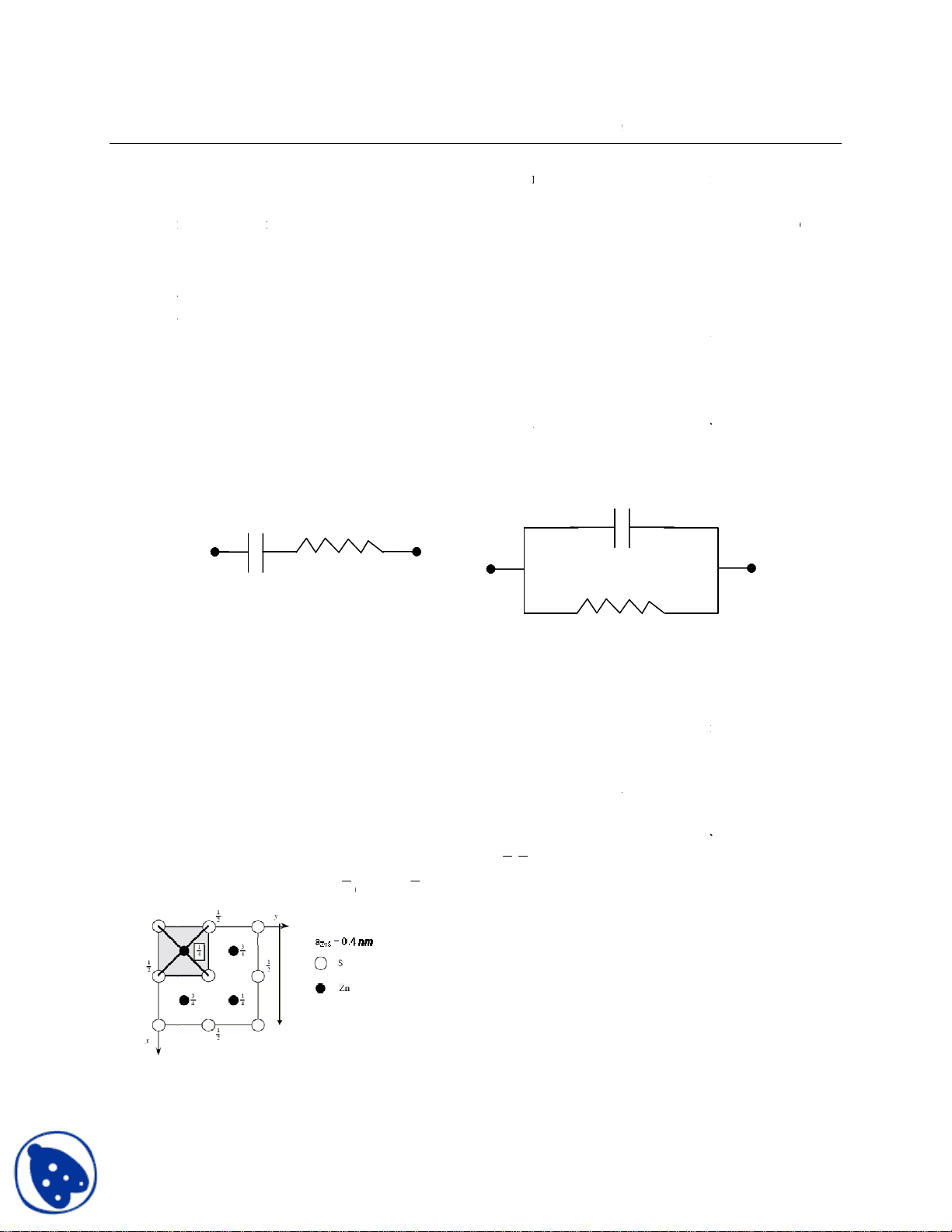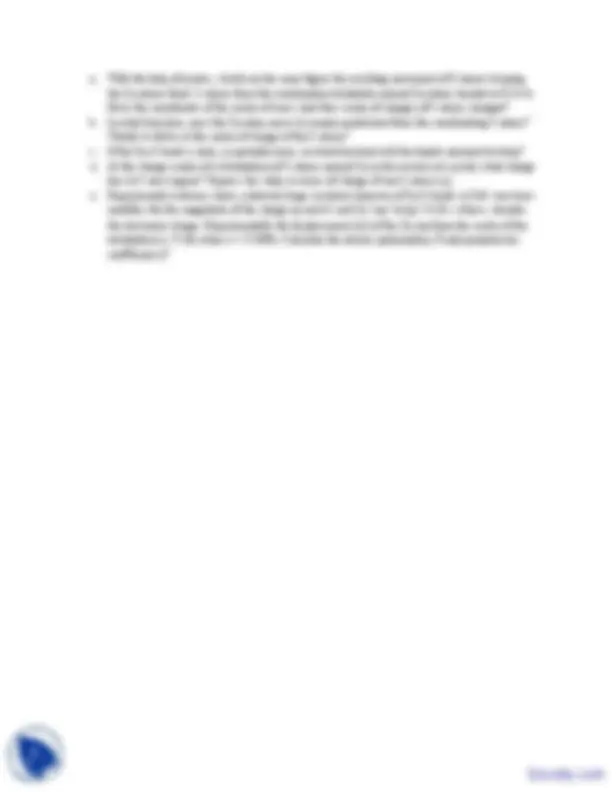



Study with the several resources on Docsity

Earn points by helping other students or get them with a premium plan


Prepare for your exams
Study with the several resources on Docsity

Earn points to download
Earn points by helping other students or get them with a premium plan
Community
Ask the community for help and clear up your study doubts
Discover the best universities in your country according to Docsity users
Free resources
Download our free guides on studying techniques, anxiety management strategies, and thesis advice from Docsity tutors
The main points are: Linear and Nonlinear Dielectric Ceramics, Permittivity of Dielectric, Electric Loss Factor, Electrical Susceptibility, Dielectric Constant Contribution, Type of Mechanisms, Observed Value, Electrical Circuit
Typology: Exams
1 / 2

This page cannot be seen from the preview
Don't miss anything!


a. D b. D c. P d. U w
he dielectric c ns for each re m diameter an F and a dissip ermittivity of Electric loss fa Electrical susc s an atomic ra ctric constant rved value is behavior. cm thick die rials if used at wing are two
Derive the exp Derive the exp lot these quan Under what co would be the p he free energy ate and schem electric ZnS u n in the figure g such that ten magnitude ar
constant and l egion in each nd 0.25 mm t pation factor o f dielectric actor eptibility adii of 110 pm contribution? about 11-12.
lectric materi t 100 Hz and electrical circ
pressions of th pressions of th ntities as a fun onditions, wou physical mean y-displaceme matically show upon applicat e below. This nsile stresses re along [1 1 0
loss vs freque material. thick disk of s of 72. Determ
m. What type ? Calculate th Compare and
ial has a diele 1000V, calcu cuits (series R
he impedance he real and im nction of freq uld the Debye ning? ent and suscep w the behavio tion of stress s crystal is sub are along [1 1 0 ] and [ 1 10 ]
ency for two m
steatite was m mine the follow
of mechanism he dielectric c d comment on
ectric constant ulate the powe R-C and paral
e and admittan maginary diele quency. e equations lo
ptibility vs tem or across its C becomes non bject to the eq 1 0] and [ 1 1 0 ] directions. A
materials: Gee and ZrO 2. Brriefly explain
measured and wing properti
ms you expec constant of Si n the differen
t of 75 and lo er loss density llel R-C). Att
nce of both ci ectric constan
ook similar to
mperature plo Curie temperat n-centrosymm quilibrium arr 0 ] directions Answer the fo
found to hav ies:
ct in Si to cont using approp ce, if any, and
oss tangent of y in the dielec empt the follo
ircuits. nt and loss tan
obtained from
ots for ferroel ture. metric. Its (00 1 rangement of and compress ollowing:
e a capacitanc
tribute to its priate expressi d any reasons
f 20. If the ctric. owing:
n the
ce of
ion. s for
ngent.
m (b). What
ectric Bariumm
1 ) plan view i f shear stresse sive stresses o
is es τ of
a. With the help of arrows, sketch on the same figure the resulting movement of S atoms keeping the Zn atoms fixed. S atoms form the coordination tetrahedra around Zn atoms located at ¼ ¼ ¼. Have the coordinates of the centre of mass (and thus centre of charge) of S atoms changed? b. In what direction, must the Zn atom move to remain equidistant from the coordinating S atoms? Would it still be at the centre of charge of the S atoms? c. If the Zn–S bond is ionic, or partially ionic, in what direction will the dipole moment develop? d. At the charge-centre of a tetrahedron of S atoms around Zn in the unstressed crystal, what charge due to S must appear? Express the value in terms of charge of one S atom (-q). e. Experimental evidence shows relatively large covalent character of Zn-S bonds in ZnS structures modifies the the magnitude of the charge on each S and Zn ‘ion’ to |q| ≈ 0.26. e where e denotes the electronic charge. Experimentally the displacement (Δ l ) of the Zn ion from the centre of the tetrahedron is 75 fm when τ = 25 MPa. Calculate the electric polarization, P and piezoelectric coefficient, d?